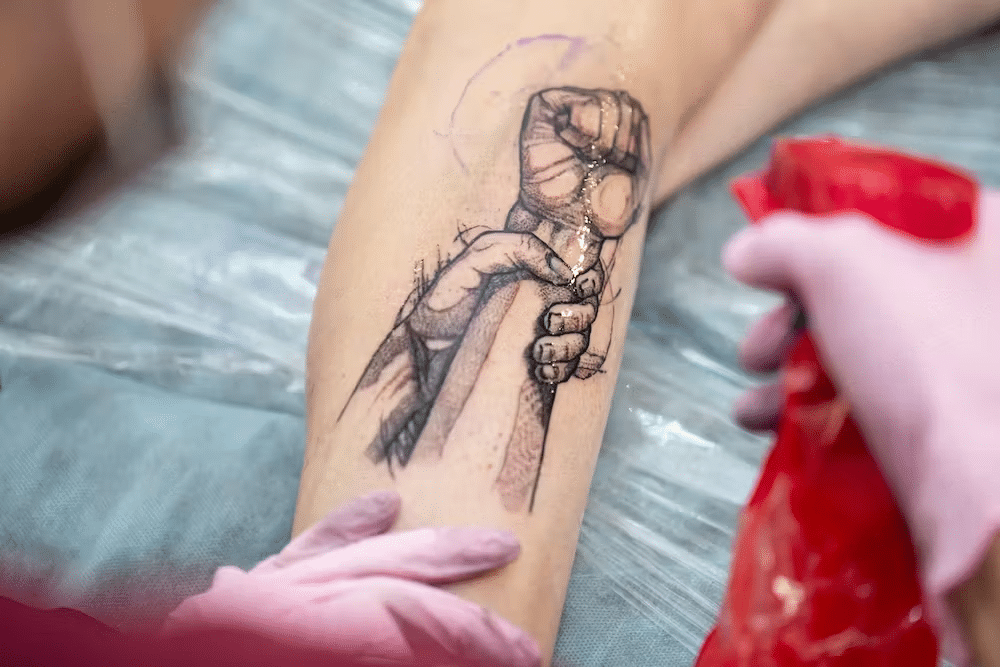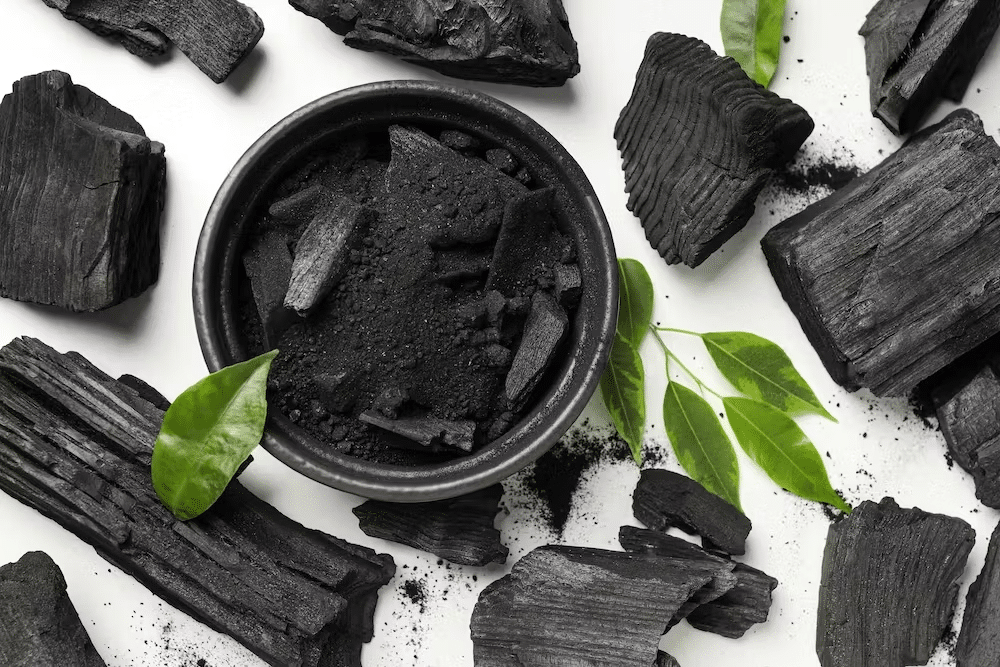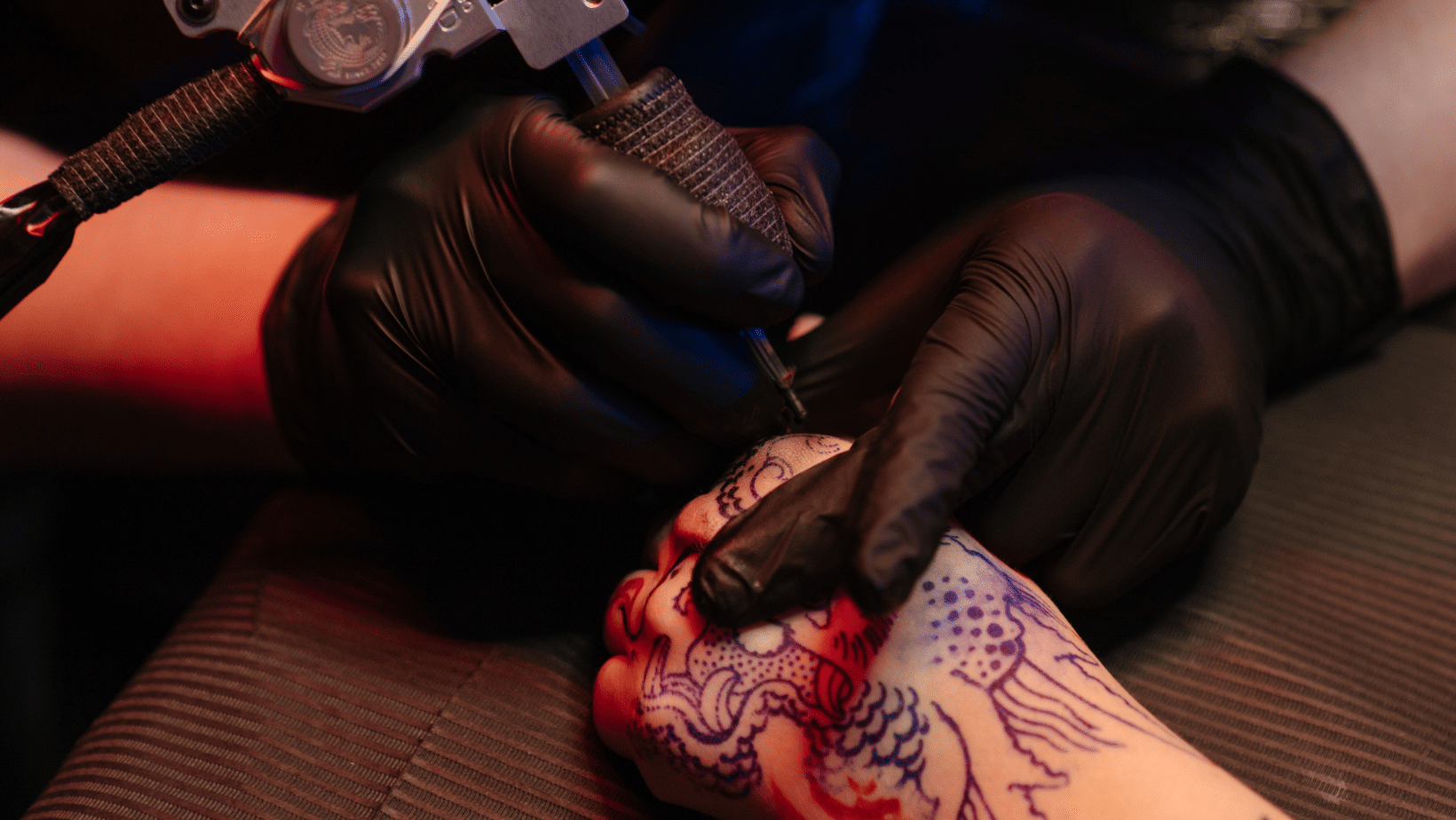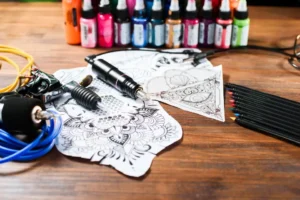
Have you ever wanted to create your own tattoo ink?
It may have crossed your mind once or twice, especially if you share in body art enthusiasm. Making your own ink could mean a fun home activity for you or perhaps a way to create a tattoo ink formula that is designed for your skin. This is especially important if you are allergic to most products.
Tattoos have become a popular form of self-expression and body art, but have you ever wondered what ingredients are used to make the ink? It may be cool to create your own ink, or maybe you want to make it so you can easily access ink for your personal needs.
In this article, we’ll explore the process of making your own tattoo ink using natural and toxin-free ingredients that will have zero side effects when used on your skin.
What Is Tattoo Ink Normally Made Of?
Tattoo ink is an important part of the tattooing process, and it’s typically made from pigments and carriers. Pigments vary in chemical composition depending on the color, while carriers are substances that aid in application and help prevent infection.
Common pigments used in making tattoo ink include iron oxide for black, titanium dioxide for white, carbon for grey, and organic dyes for colored inks. Carriers can be composed of different solvents such as alcohols, glycerin or propylene glycol. It’s important to consider the quality of ingredients when making your own tattoo ink because unregulated products have a higher risk of containing dangerous toxins.
Additionally, some people may experience allergic reactions to certain ingredients which could cause skin irritation or rashes. Therefore, it’s always best to use professional-grade products that are approved by the FDA when creating tattoos with homemade ink.
How To Make Tattoo Ink With Charcoal

With the advent of DIY tattoo ink from charcoal, anyone can create their own unique tattoo ink.
By simply collecting some charcoal from a campfire or fireplace, grinding it into a fine powder and mixing it with essential oils, you will have your own custom homemade tattoo ink. You can also add a few drops of lemon juice to help preserve the ink. Finally, apply the paste to a surface using a brush or pen and let it dry.
You should have the perfect homemade tattoo ink ready in no time.
Here’s What You Need To Know Before Your Next Tattoo Appointment
Tattoos are generally considered safe for the skin if they are done by a professional tattoo artist using sterile equipment and high-quality tattoo ink. However, getting a tattoo does involve piercing the skin, which can increase the risk of infection and other complications.
Tattoo ink can contain various ingredients, including pigments, solvents, preservatives, and other additives. While many tattoo inks are considered safe, some may contain toxic or harmful ingredients that can cause skin reactions or other health problems. For example, some red pigments used in tattoo ink have been linked to skin reactions and allergic reactions in some people.
In addition, tattoos can also make it more difficult to diagnose skin conditions or detect skin cancer in the area of the tattoo. It is important to discuss any potential risks and concerns with a reputable tattoo artist before getting a tattoo.
To minimize the risk of complications, it is important to choose a professional tattoo artist who follows proper safety procedures, including using sterile equipment and tattoo ink. If you have any concerns about the safety of tattoo ink, it may be helpful to speak with a dermatologist or other healthcare provider.
Allergic Reactions To Tattoo Ink And Other Complications
Allergic reactions due to exposure to tattoo ink is one of the most common complications associated with getting a tattoo. Symptoms of an allergic reaction can include redness, swelling, itching, and rash in the area of the tattoo. In severe cases, an allergic reaction can lead to blistering, oozing, and scarring.
Other complications associated with getting a tattoo can include infections, which can occur if the equipment or ink used is not sterile. Signs of an infection can include pain, redness, swelling, and discharge in the area of the tattoo.
In addition, tattoos can cause other skin problems such as keloids, which are raised, thickened areas of scar tissue that can form around the tattoo.
It is also important to follow proper aftercare instructions, such as keeping the tattoo clean and avoiding exposing it to sunlight or soaking it in water until it has fully healed.
If you experience any symptoms of an allergic reaction or other complications after getting a tattoo, it is important to seek medical attention right away. In some cases, additional treatment such as antibiotics or corticosteroids may be necessary to treat an infection or other complication.
Conclusion
Professional tattoo ink is made with a combination of specialized pigments and other ingredients that are safe for skin application, and it undergoes strict sterilization processes to minimize the risk of infection.
If you are considering getting a tattoo, it is important to find a reputable tattoo artist who uses professional tattoo ink that is sterile and specifically made for skin application. Tattoo artists are trained in using safe and sterile equipment and techniques to minimize any risks associated with getting a tattoo.
It is important to prioritize your health and well-being, and to always follow proper safety procedures when getting a tattoo.
FAQ
What are the basic ingredients of tattoo ink?
Tattoo inks are typically made of a mixture of solid particles of pigment, molecular dyes and binders suspended in a water solution. The color comes from light either being reflected from or absorbed by the particles and dyes.
Can you use pen ink as tattoo ink?
This was not advisable or even possible so the simple answer is no, you can’t use fountain pen ink for a tattoo.
What kind of ink is used for tattoos?
Pigments in tattoo ink can come from a range of different sources, including modern industrial organic pigments, mineral pigments, vegetable-based and plastic-based pigments. Most of these pigments contain a combination of metallic and organic elements in their composition.




